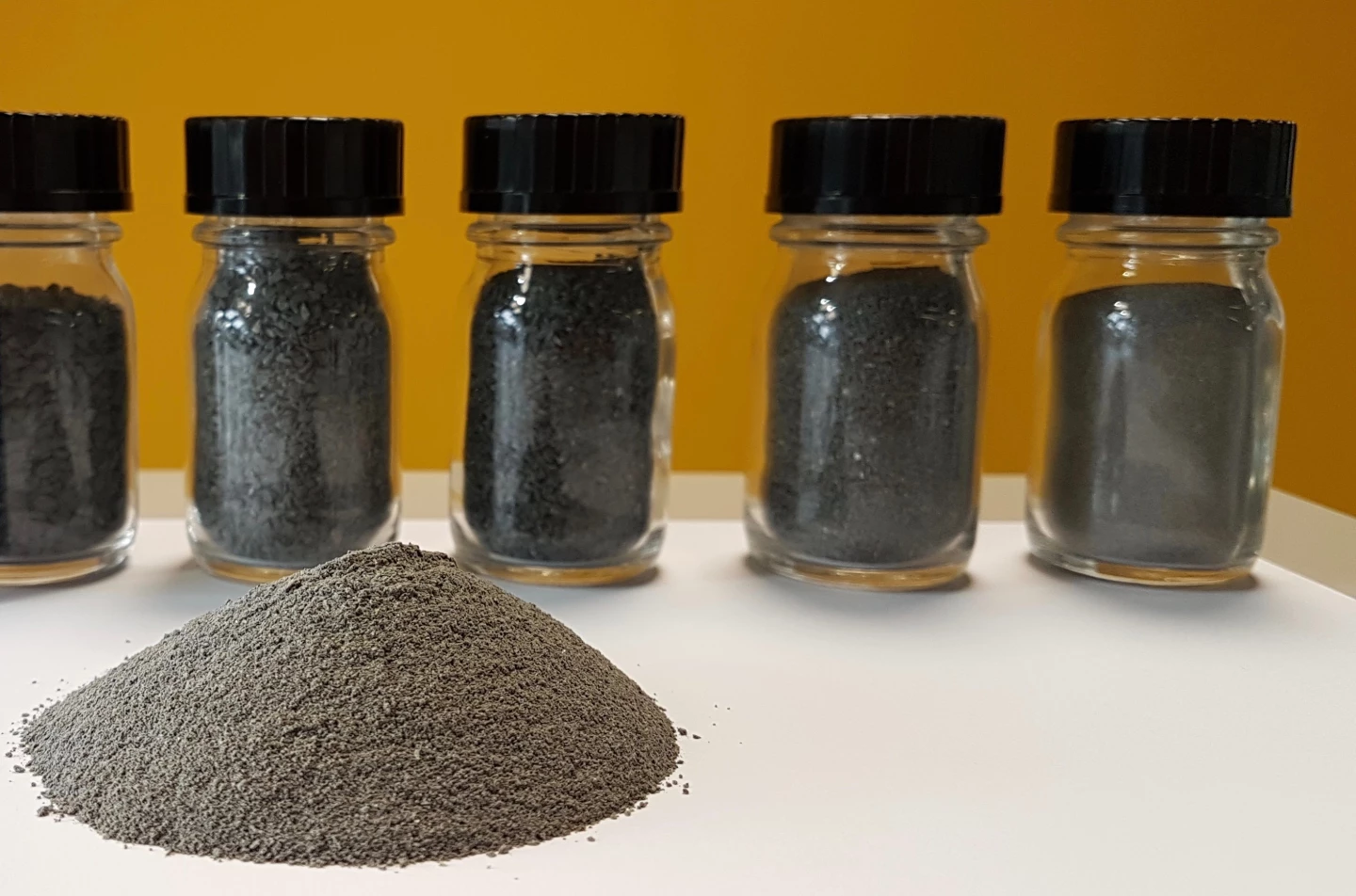An ESA initiative is working with French engineering company Comex, the German Institutes for Textile and Fiber Research, and the Austrian Space Forum to look for new combinations of materials to create spacesuits and other equipment that are more resistant to the destructive and corrosive effects of lunar dust.
One of the greatest challenges that future astronauts will face when they return to the Moon is the talcum-like lunar regolith, which covers most of the surface. The result of millions of years of micrometeorite impacts and solar radiation, this finely ground dust is very different from its terrestrial counterpart.
Where Earth dust is subject to erosion, which smooths the particles down, lunar dust particles are razor-sharp and abrasive. Worse, it carries a static electric charge that makes it stick to almost anything and it has some unpleasant chemical properties. The result is a dust that the Apollo astronauts discovered gets everywhere and quickly obscured visors and clogged equipment, as well as wearing away the layers of their spacesuits. More recently, the dust was blamed for operational difficulties experienced by China’s Yutu rover two days after being deployed on the Moon.

"Depending on its area of origin, the dust might have very different chemical and abrasive characteristics, with its precise properties depending on the selected landing site – which is another factor of concern," says ESA structural engineer Shumit Das. "One of the key findings from Apollo was that the abrasion effects of the lunar regolith would be the major limiting factor in returning to the Moon. We want to overcome that and enable spacesuits that could be used for many more spacewalks than the few performed per Apollo landing – up to 2,500 hours of surface activities is our assumption."
Though ESA isn't developing its own spacesuits, the agency is looking at materials that can withstand the lunar dust better. These materials would not only make spacesuits more durable, it could also be used to make protective covers for rovers and other machinery.
As part of this effort, the ESA team is using state-of-the-art testing and a simulated lunar soil called EAC-1A that is made from volcanic soil and was developed by the agency’s European Astronaut Centre in Germany. Most of the testing was conducted by the German Institutes for Textile and Fiber Research and included abrasion tests of textiles, high-pressure liquid permeability tests, and exposure to extreme temperatures inside a vacuum chamber.

The purpose of the testing is to study the full life cycle of new lunar spacesuits to learn more about how they degrade – not only on the Moon, but also while they are stored aboard the Gateway outpost, where they may be susceptible to accelerated aging due to moisture and radiation.
"No one material can really do the job," says ESA materials and processes engineer Malgorzata Holynska. "Instead the concept is to have a layered solution, and define which combination of functional layers works best, in terms of physical and chemical interactions with regolith, and how to best connect them. We are then testing these different stacks against criteria contributed by our colleagues from ESA’s Directorate of Robotic and Human Exploration. The challenge here is to make the testing as robust as possible, to come up with credible results to guide our choice of trade-offs and down-selection."
Source: ESA











